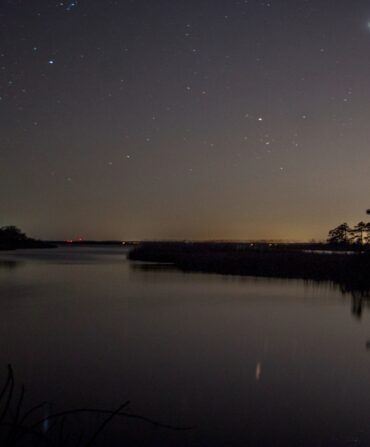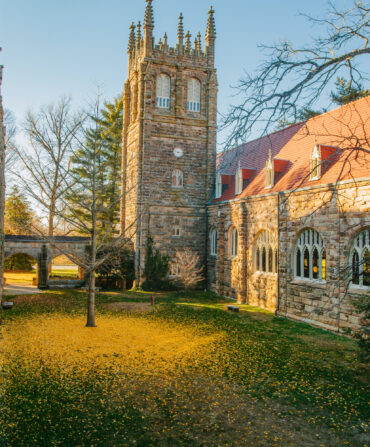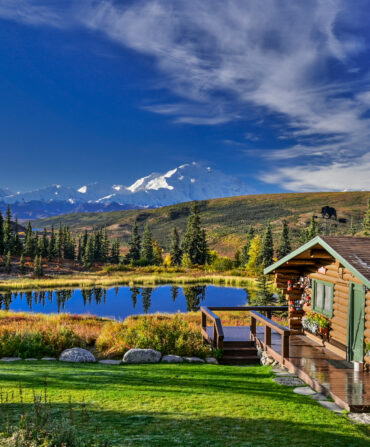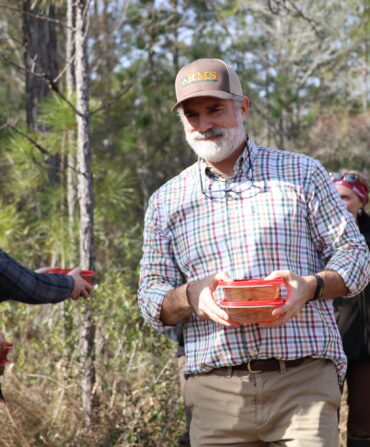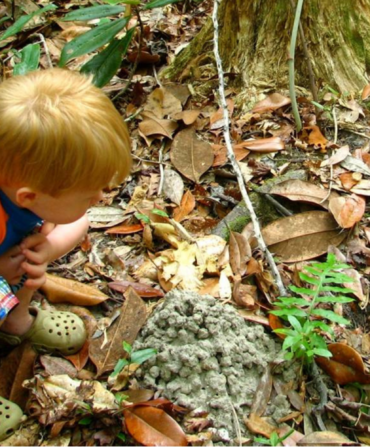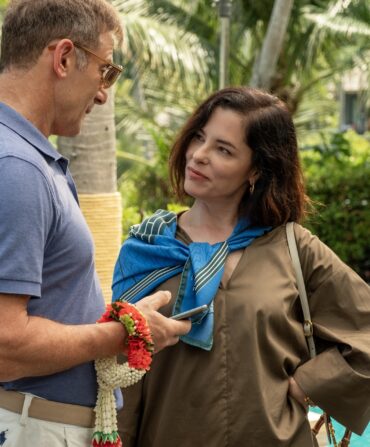The rise from sea level to four thousand feet happens fast. The cherry-red Kia Soul I’m maneuvering toward Cerro de Punta, the highest mountain in Puerto Rico, can barely keep up. Traffic has thinned since my friend Lennel and I left Ponce, a city on the southern shore. Soon we’re the only car on the steepening road.

Funny thing about Google Maps: The app doesn’t depict elevation changes well. I follow the little blue squiggly line through a sea of gray, anticipating an afternoon of exploration and adventure in Bosque Estatal de Toro Negro, one of the island’s cloud forests, an ecosystem increasingly endangered by climate change. I’m armed with all the flora and fauna guides a local bookstore had on hand, and I’ve stationed my binoculars just under my armpit in case something spectacular emerges to marvel at along the way.
I take the first sharp incline in stride, assuming we just have to get over this large hill to enter the forest. By the fifth time we do this up-and-over maneuver, I wonder if we are going to pass Jesus himself as we ascend into heaven.
I freak out, but only internally. Lennel, the first friend I made in college, tells anyone who will listen that she doesn’t “do outside,” and I’m pretty sure she has never voluntarily spent longer than an afternoon in nature. But we’re here on the island to celebrate her fortieth birthday, and she has decided she wants to live a little.
This is my first time in Puerto Rico. While situated only a thousand miles southeast of Miami, the way the U.S. territory often seems buried in the national consciousness makes it feel more distant. The ecosystems here are a precious national treasure, though, and for all I’d heard from my travel friends about the area’s bioluminescent bays, cobblestoned streets, and miles of coastline, I knew little about the lush trails and challenging river rapids along the island’s mountainous backbone.
So Lennel and I started small: El Yunque National Forest, the only tropical rainforest in the U.S. system. Hundreds of plant and animal species call El Yunque home, including many, such as the endangered Puerto Rican parrot, found only on this island. Of Puerto Rico’s 240 native tree species, 23 need this particular forest to thrive. It’s an impressive amount of biodiversity for a spit of land only a hundred miles long.
El Yunque’s name may come from the Indigenous Taino word Yuke, or “white earth,” a reference to the clouds that gather around the highest reaches of the forest’s mountains. Just a sliver of the rainforest is considered a cloud forest, and Lennel and I set off in search of trails that would take us to it.
By the time we made it up to the Yokahú Tower observation point, the day was hot and clear, with gusts strong enough to strip away our sweat. The ocean sparkled in the distance. But there were no clouds.
So on the morning of our last full day on the island, we decide to attempt Toro Negro. Lennel has seen over the past few days that Puerto Rico lacks large mammals capable of hurting her (no bears or bobcats here). Still, she says an extended prayer of protection before getting into the Kia.
God help her, because now it appears the large mammal that might kill us is me. The only other traffic with us on this thin one-lane strip are horses. The road’s too narrow to turn around, and we’re too far up to back down. There are no guardrails, and the verdant valley thousands of feet below us waves from the corner of the windshield, daring me to get too close. Full of sugarcane juice from the local juice shop La Guarapera and a lunch of deep-fried frituras from a roadside stand, I think, At least we had a good last meal.
About halfway up, the tall trees of the rainforest give way to a shorter, thicker, at times impenetrable green. Typically stunted by low levels of light, the plants here grow wide instead of tall, and moss covers most everything.
I exhale as we cross the last ridge and our tires meet the blacktop of a newly paved, well-trodden road. Only when I later inspect the paper map in the back seat do I learn there was a gentler, visitor-friendly two-lane route we could have taken. And here I am, so grateful to see the BIENVENIDOS BOSQUE ESTATAL DE TORO NEGRO sign I nearly kiss it.
Filled with (sheepish) relief, we spend the afternoon roaming, pulling over and parking to gawk at every waterfall we find. Even with my decades of exploring nature, this forest displays new-to-me shades of green. From pudding vines to peridot-hued panicles of bent grass just about to burst open, everything flourishes in the cooler mountain temperatures.
Condensate drips in dulcet tones before coming to rest on the forest floor, where a thick mat of vines greets it. Or at times falls faster, in rivulets, plopping and pooling. Over my shoulder, a larger stream gurgles, adding the sound of water winding around rocks to the aquatic chorus. Eventually, all of this makes its way downhill to form Lago el Guineo, which supports the communities in the valley. What happens up here in the empyrean affects all those who live below.
Still, the phenomenon we have come here to see—the high-elevation clouds that make all this lush greenery possible—eludes us.
Cloud forests are rare. They account for less than 0.5 percent of Earth’s landmass, even though they shelter 15 percent of the world’s species. The climate conditions have to be just right: The steady trade winds blowing from east to west lift water vapor up and over the slopes, where it begins to cool, then settles onto the flora and fauna. These mountaintop ecosystems are so remote, and nurture species so different from those found in surrounding areas, that they are sometimes called sky islands.
As we drive the Ruta Panorámica, finally, the clouds appear, or rather they suddenly envelop us as if by magic. I stop the car, and we walk a bit among plants and trees beyond my identification abilities, all of us caressed in emerald-glinted mist. A rare gift—and one becoming rarer.
There was a time when the clouds here were ever present, when ferns, bromeliads, and epiphytes like orchids could count on their constant fog for moisture. But the fragile ecosystem isn’t weathering climate change well. Hotter, drier winds have become more regular, and spiking land temperatures mean the water vapor swept up by the winds creates thinner clouds at higher elevations, leaving less water for the forest to thrive on. These changing norms, along with extreme weather events like hurricanes—including 2017’s deadly and deforesting Hurricane Maria, from which the island is still recovering—pressurize conditions in such a way that scientists believe it will be hard for the plants up here to survive.
Some days, I later learn, clouds hardly form at all. Cloud forests are disappearing worldwide; scientists have estimated that by 2044, between 60 and 80 percent of those in the Western Hemisphere will have vanished—and a plethora of rare species along with them. The memory of our harrowing (and unnecessary) route into Toro Negro pales in comparison with wonder at our luck—to stand atop a mountain and live in the clouds for a little while.



